In the realm of political campaigns, the strategic use of imagery plays a crucial role in shaping narratives and connecting with voters. The campaigns of Kamala Harris and Donald Trump offer valuable insights into effective visual storytelling. By analysing their distinct approaches, we can glean important lessons about the power of imagery in communication.
1. Crafting a Relatable Brand
Kamala Harris: Emphasising Diversity and Connection
Harris’s campaign imagery showcases a commitment to diversity and inclusion. Her visuals often feature multiracial crowds and candid moments, creating a narrative of community and empowerment. The takeaway here is the importance of relatability—showing authenticity can help build trust and foster a sense of belonging among voters.
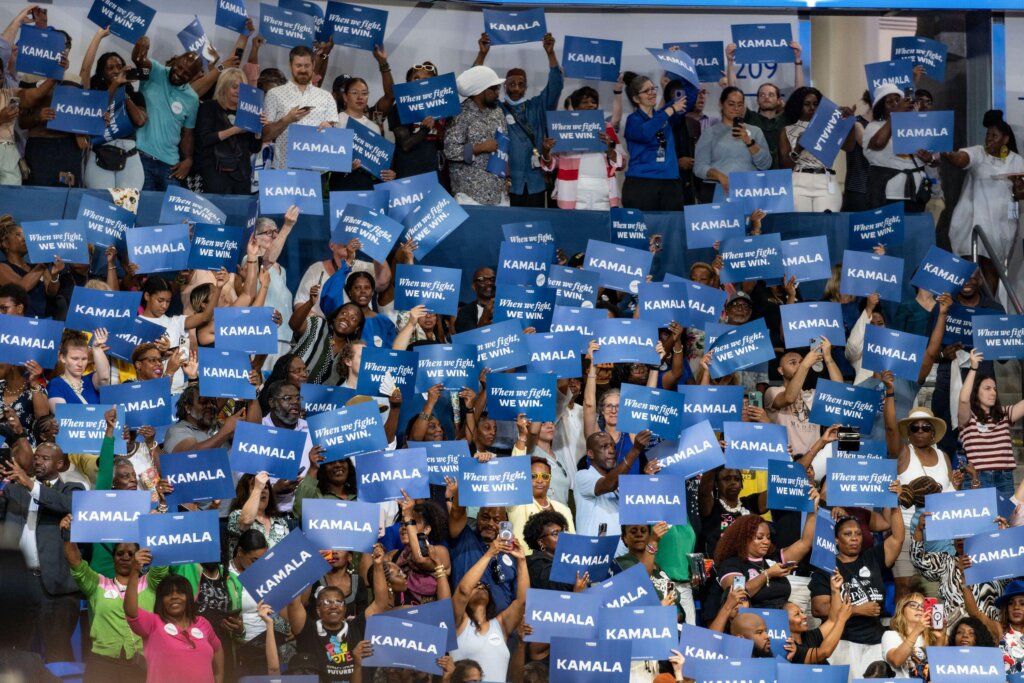
Donald Trump: Projecting Confidence and Strength
In contrast, Trump’s imagery exudes boldness and authority. His campaign often features striking visuals of large crowds and commanding poses, reinforcing his brand as a decisive leader. This highlights the effectiveness of creating a strong, confident persona that resonates with supporters.
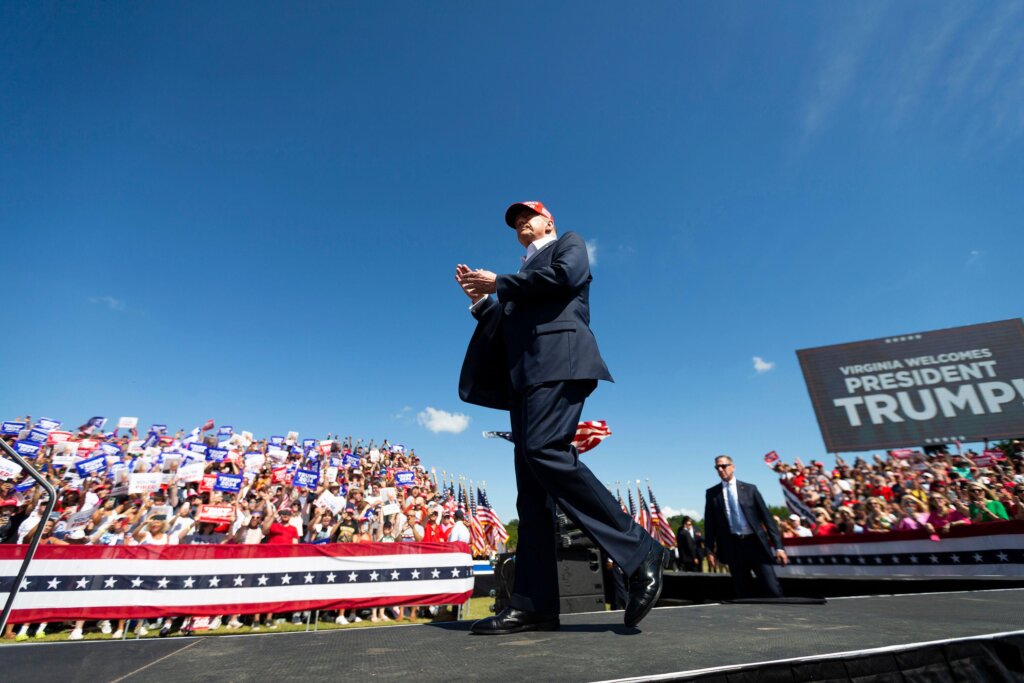
2. The Power of Symbolism
Harris’s Use of Color and Iconography
Harris’s campaign utilises symbols like the colour purple to convey unity and bipartisanship. This strategic use of colour and imagery reinforces her core messages and helps create a cohesive brand identity. The lesson here is that symbols can enhance storytelling by embedding deeper meanings into visual content.
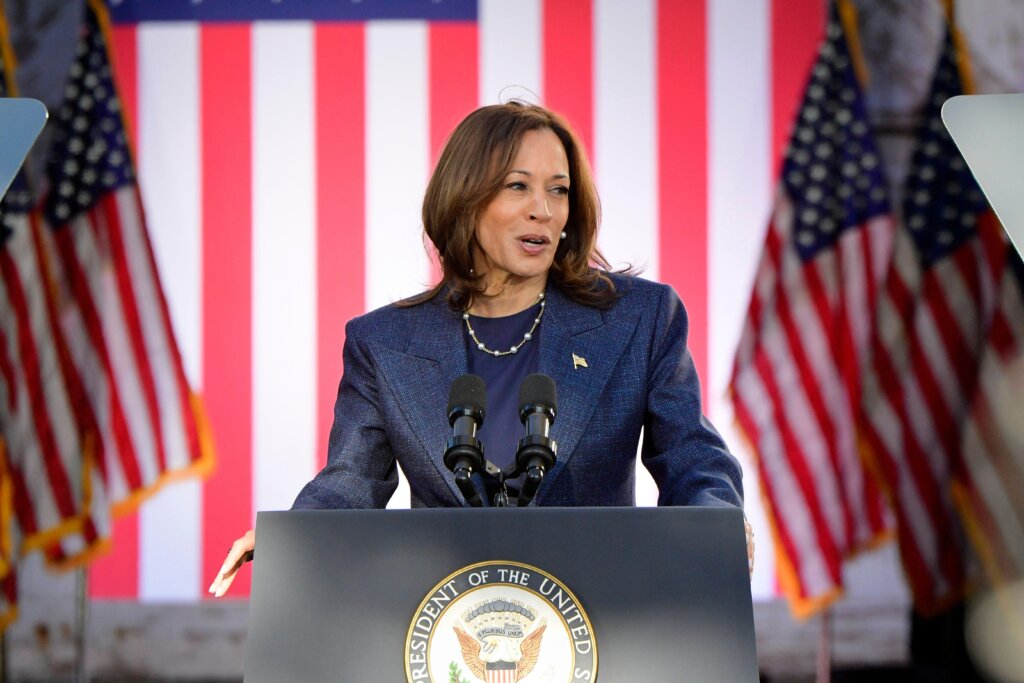
Trump’s Patriotism and Familiar Icons
Trump leverages imagery associated with patriotism, such as red, white, and blue themes, to evoke emotional responses. This approach underscores the impact of familiar icons and colours in crafting a narrative that resonates with specific voter demographics.

3. Engaging Audiences through Social Media
Both campaigns effectively harness social media, but their strategies differ significantly.
Harris: Dynamic Storytelling
Harris excels at using platforms like Instagram to tell stories through visuals. Her engaging, personal imagery appeals to younger voters and emphasises community connection. The key takeaway is that dynamic storytelling through visuals can captivate audiences and foster engagement.
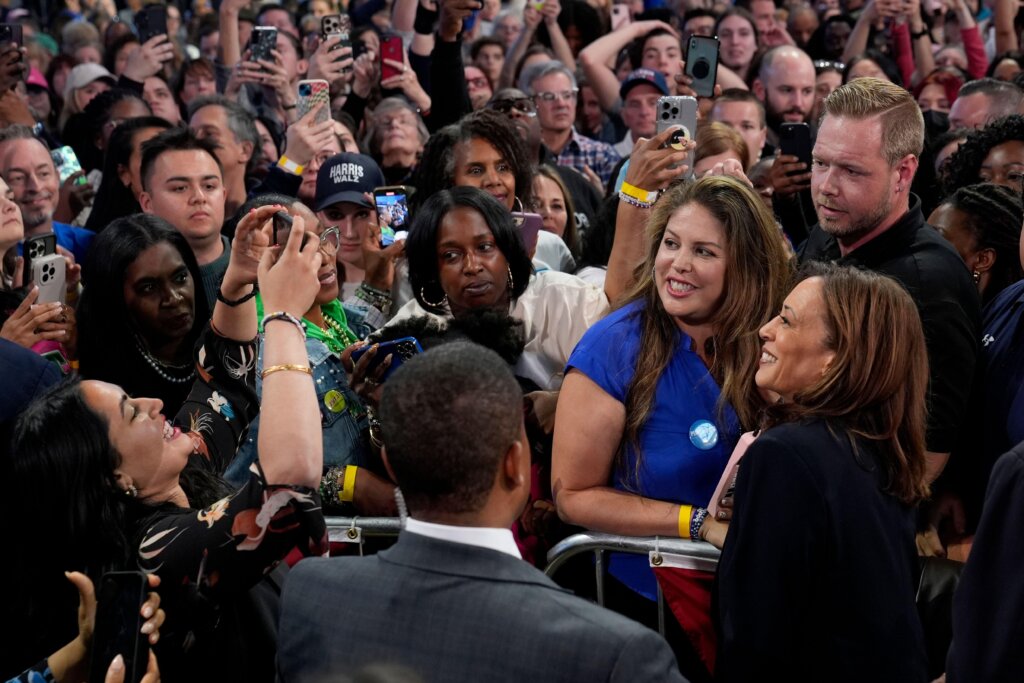
Trump: Bold and Direct Messaging
Trump’s campaign capitalises on attention-grabbing images and straightforward messaging, particularly on platforms like Facebook and Twitter. His high-energy visuals create a sense of urgency and momentum. This illustrates the importance of clear, impactful visuals that communicate messages quickly in a crowded digital landscape.

4. Creating Emotional Resonance
Connecting Through Personal Moments
Harris’s candid imagery fosters an emotional connection, portraying her as approachable and relatable. This serves as a reminder that visuals that highlight personal interactions can create empathy and strengthen voter relationships.

Eliciting Passion and Loyalty
Trump’s imagery often evokes strong emotions by showcasing enthusiastic supporters at rallies. This strategy reinforces the idea that visuals can be powerful tools for building loyalty and enthusiasm among constituents.
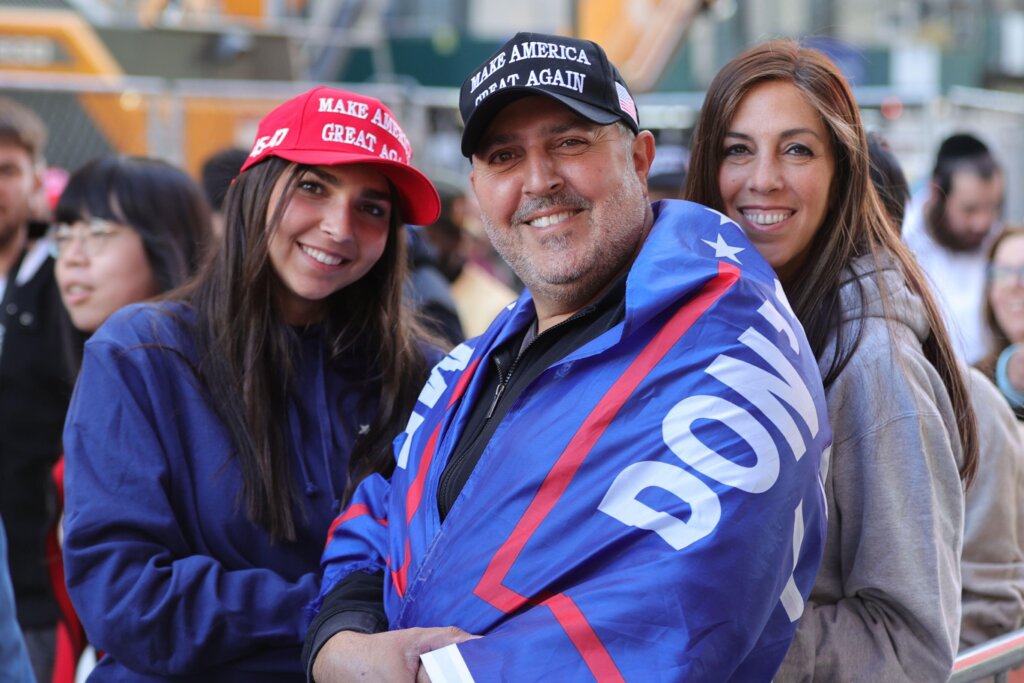
The campaigns of Kamala Harris and Donald Trump offer valuable lessons in imagery usage that extend beyond politics. By understanding how to craft relatable brands, utilize symbolism, engage audiences on social media, and create emotional resonance, marketers can enhance their own visual storytelling strategies. As we move forward, the lessons learned from these campaigns will continue to inform effective communication across various domains, proving that imagery is an indispensable tool in any narrative.